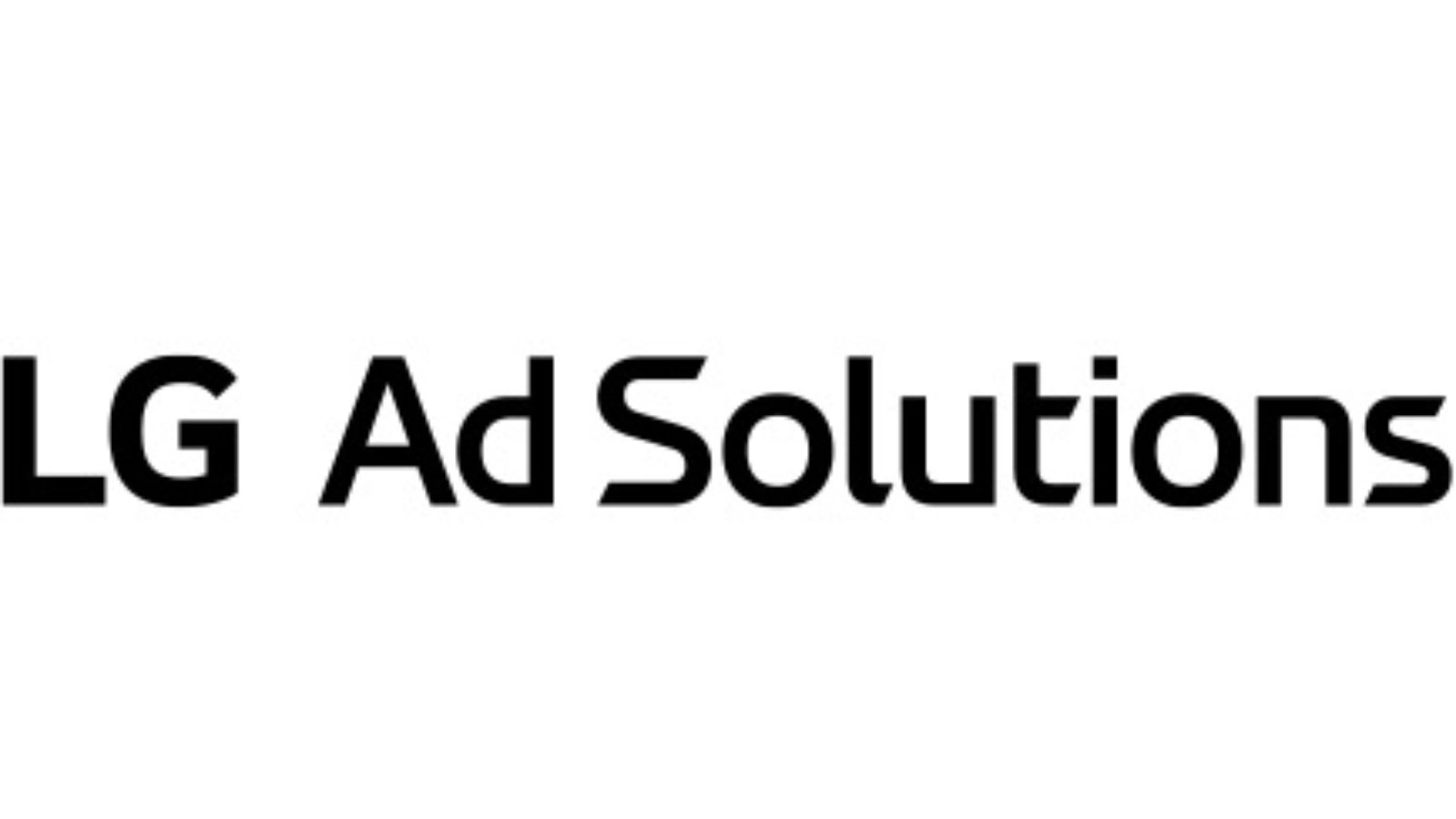Introduction:
Do you want to boost the impact of your advertising campaign? Greetings and welcome to the guide to becoming an expert in the field of programmatic advertising essentials. Among the many tools available to marketers seeking to deliver the right message to the right people at the right time is programmatic advertising. Knowing programmatic advertising is not only beneficial in today’s rapid modern atmosphere but also essential for maintaining competitiveness and achieving significant outcomes. This guide will provide you with the skills and tactics you need to be successful.
Understanding Programmatic Advertising:
Basically, programmatic advertising helps brands target the exact right audience with their ads at the exact right moment by using algorithms. utilizing automation and algorithms to achieve previously unattainable levels of efficiency and measurable results. For instance, the computer may display advertisements for sporting goods to a person who enjoys sports. Advertisements are more effective when they reach the appropriate individuals at the right time. Businesses may maximize the effectiveness of their advertising endeavors with the help of this intelligent helper that knows precisely who should see each advertisement.
Key Components of Programmatic Advertising:
It is critical that you understand the following essential elements of programmatic advertising in order to successfully navigate its world:
- Demand-Side Platforms (DSPs): DSPs are the platforms that let marketers purchase ad inventory from a variety of publishers and ad exchanges. Through the tools they offer for targeting, bidding, and optimization, advertisers can effectively reach their target demographic.
- Supply-Side Platforms (SSPs): Publishers, on the other hand, employ SSPs to programmatically manage and sell their ad inventory. By linking publishers with advertisers through ad exchanges, they assist publishers in maximizing their earnings.
- Data Management Platforms (DMPs): By compiling and evaluating data from numerous sources, DMPs are essential to programmatic advertising. The purpose of this data is to maximize campaign performance, tailor ad experiences, and develop audience groups.
Targeting Strategies
The capacity of programmatic advertising to precisely target audiences is one of its strongest characteristics. A variety of targeting techniques are available for use by marketers, such as:
- Demographic Targeting: Focusing on users according to their income, education, gender, age, and other demographic characteristics.
- Behavioral Targeting: Using online activity, such as websites visited, search history, and previous ad interactions, to target individuals.
- Contextual Targeting: Ads are relevant to the content by targeting people according to the context of the material they are viewing.
- Geotargeting: enabling personalized and targeted campaigns by targeting people according to their location.
Real-Time Bidding (RTB)
For online advertisements, real-time bidding (RTB) functions similarly to a quick auction. Consider being at a lightning-fast auction where companies bid to display their advertisements to internet users. Every time a user visits a website, an auction takes place in milliseconds, with the highest bidder’s advertisement being displayed to them. Depending on how much they believe contacting that person is worth, advertisers determine how much they want to pay. Gaining the most out of advertising campaigns and helping businesses get more for their money requires an understanding of how this auction operates and the ability to make wise bidding decisions.
Data and Analytics:
Programmatic advertising relies heavily on data. It helps advertisers understand how well their ads are performing, much like a treasure map. Measurements, including how many people viewed the advertising (impressions), clicked on them, and made a purchase (conversions), are made using data analytics. They may modify a poorly performing ad or concentrate more on those that are performing well with the use of this information, which enables them to make better decisions in real time. Through the analysis of these data insights, marketers may gradually enhance their advertising strategies to increase their efficacy and success.
Ad Creatives and Messaging:
Engaging the target audience in programmatic advertising requires developing strong ad creatives and messages. While messaging refers to the written content and language used to convey the ad’s message, ad creatives refer to the visual components of an advertisement, such as photos, videos, and designs. In order to capture the attention of the target audience, marketers refine ad creatives for visual appeal, relevance, and attention-grabbing elements. By matching ad content with user data, tastes, and habits, they personalize messaging, making it more interesting and relevant to certain individuals. Marketers use split testing to assess how well different ad versions drive clicks and conversions. In programmatic advertising, this targeted strategy of developing powerful ad creatives and tailored messaging increases audience engagement and overall campaign success.
Ad Fraud Prevention:
One major concern with online advertising is ad fraud. It resembles an attempt to influence the system to display advertisements to fictitious users or in inappropriate locations. Marketers employ powerful tools and strategies to identify these methods in order to prevent them. They make use of specialized algorithms designed to identify fraudulent activities, confirm that the advertisements are displayed in secure locations, and continuously monitor the quality of the advertisements. By ensuring that ads are seen by actual, interested viewers and safeguarding ad budgets, these measures advance online advertising security. It works similarly to locking your money in a safe to stop fraudulent views or clicks, making sure that only real prospective buyers see your ads.
Compliance and Regulations:
Marketers show their commitment to ethical practices by implementing robust data protection measures and being transparent about how they use customer data. This makes you feel safer and respected, builds trust in those brands, and helps them avoid hefty fines for non-compliance. Customers are therefore more willing to interact with companies that value their privacy, which eventually results in higher levels of consumer satisfaction and loyalty.
Compliance and Regulations:
Marketers need to make compliance with legislation like the CCPA, GDPR, and other data protection requirements their top priority in this era of growing worries about data privacy. Following these rules guarantees legal compliance and fosters consumer trust, which strengthens brand relationships and boosts customer loyalty.
Enhancement and Split Testing:
The secret to success in programmatic advertising is constant optimization. Through simultaneous and multivariate testing, marketers should continuously test and optimize ad creatives, messaging, targeting methods, and bidding approaches. Marketers may optimize their campaigns for optimal performance and return on investment by determining what connects most with their target audience.
Industry Trends and Innovations:
In order to remain competitive in the programmatic advertising space, one must stay up-to-date on business trends and innovations. The programmatic landscape is changing as a result of trends including AI-driven optimization, linked TV advertising, programmable audio, and the rise of private marketplaces (PMPs). Marketers will have a higher chance of succeeding in the changing digital advertising landscape if they embrace these trends and implement creative techniques.
Conclusion:
Understanding programmatic advertising’s fundamentals, utilizing data-driven insights, advanced targeting strategies, real-time optimization, and compliance best practices are all necessary to become an expert in the field. It is about employing technology to automate the process of buying ads and successfully reach the appropriate audience at the right time. Building customer trust requires marketers to give regulatory compliance—such as following CCPA and GDPR regulations—top priority. For organizations hoping to get real results, mastering programmatic advertising is not just a goal but a need in today’s digital world, where precision and relevance are critical. To develop focused and powerful advertising campaigns that connect with consumers and accelerate business achievement, a strategic approach combining technology, data analysis, and moral behavior is necessary.








Leave a Reply